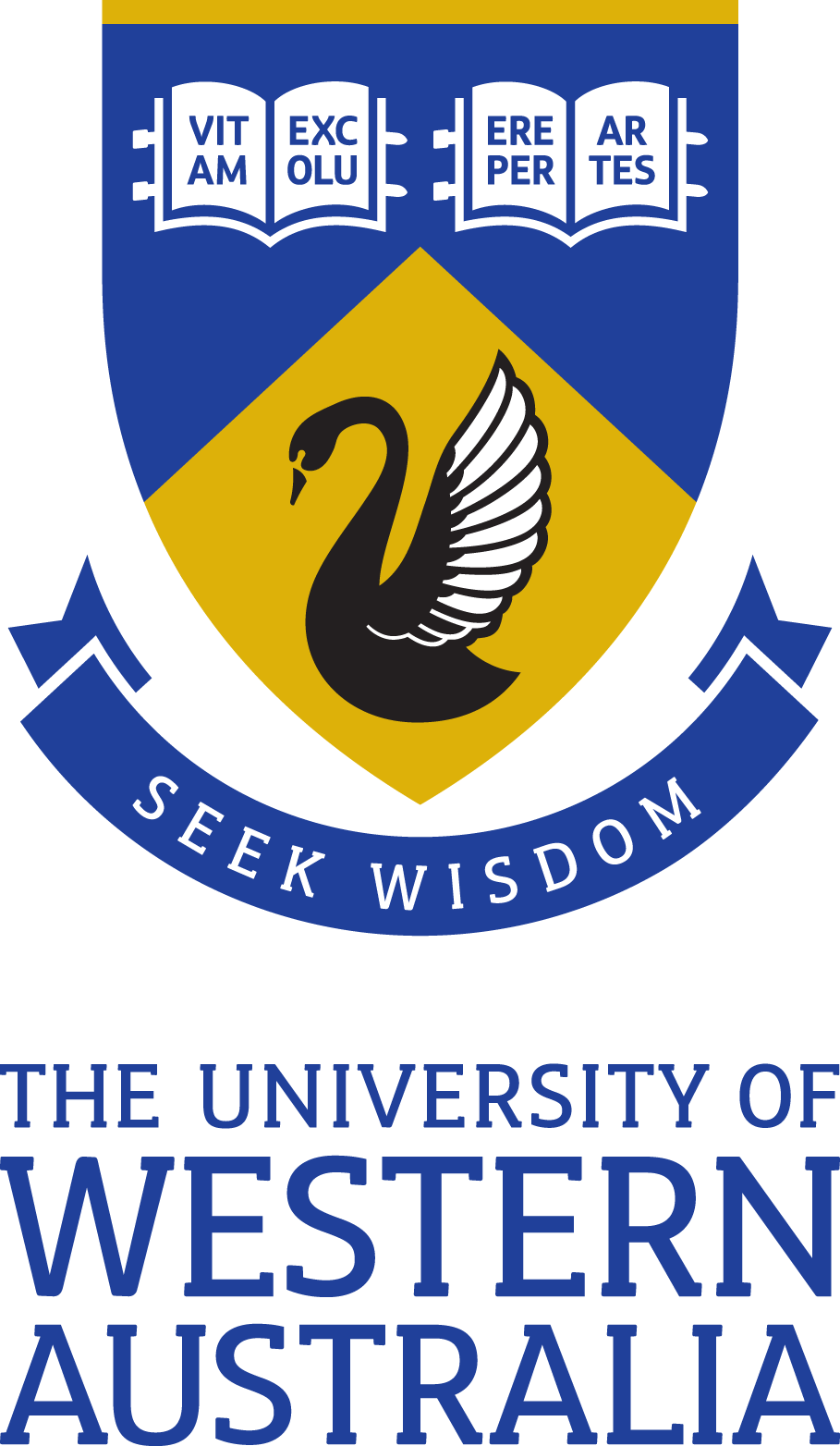Full description
When females mate polyandrously, male reproductive success depends both on the male's ability to attain matings and his ability to outcompete rival males in the fertilization of ova post copulation. Increased investment in ejaculate components may trade-off with investment in precopulatory traits due to resource allocation. Alternatively, pre- and postcopulatory traits could be positively related if individuals can afford to invest heavily in traits advantageous at both episodes of selection. There is empirical evidence for both positive and negative associations between pre- and postcopulatory episodes, but little is known about the genetic basis of these correlations. In this study, we measured morphological, chemical, and behavioural precopulatory male traits and investigated their relationship with measures of male fitness (male mating success, remating inhibition and offensive sperm competitiveness) across 40 isofemale lines of Drosophila melanogaster. We found significant variation among isofemale lines, indicating a genetic basis for most of the traits investigated. However, we found weak evidence for genetic correlations between precopulatory traits and our indices of male fitness. Moreover, pre-and postcopulatory episodes of selection were uncorrelated, suggesting selection may act independently at the different episodes to maximise male reproductive success.,Pre- and postcopulatory trait measuresSheet 1: Data. Sheet 2: Variable descriptionsEpisodes sexsel_DRYADdata.xlsx,Notes
External OrganisationsSpanish National Research Council
Associated Persons
Laura M. Travers (Creator)
Laura M. Travers (Creator)
Issued: 2016-05-20
Subjects
cuticular hydrocarbons |
drosophila melanogaster |
isofemale lines |
mating success |
remating inhibition |
sex combs |
sperm competition |
User Contributed Tags
Login to tag this record with meaningful keywords to make it easier to discover
Identifiers
- DOI : 10.5061/DRYAD.FG7JV

- global : b51092b2-193b-4c26-be8b-7482c32dfd73


